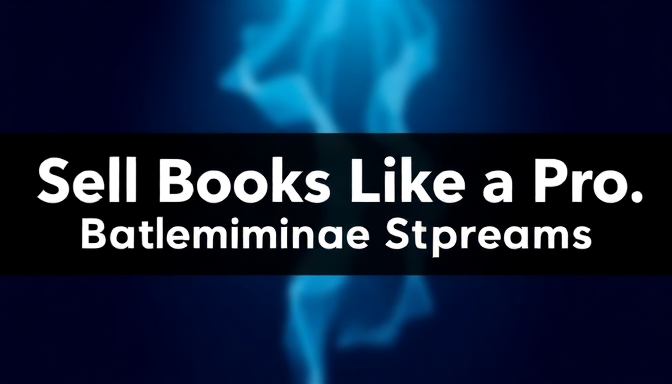
Exploring Different Sales Channels
When it comes to selling books online, the first step is to understand that not all sales channels are created equal. Sure, you could throw your book up on every platform imaginable and hope for the best, but that’s like shooting arrows in the dark and expecting to hit a bullseye. Instead, focus on the heavy hitters: Amazon, Barnes & Noble, and Apple Books. These platforms are the holy trinity of online book sales, offering massive audiences and robust tools to help you get your book in front of the right readers. But don’t stop there—exploring niche platforms like Smashwords or direct sales through your own website can open up even more opportunities to rake in revenue.
Now, let’s talk about the elephant in the room—social media. Yes, it’s technically not a sales channel, but if you’re not leveraging platforms like Instagram, TikTok, or even LinkedIn to drive traffic to your book listings, what are you even doing? Social media is your megaphone to the world, and it’s free (well, mostly). Use it to build hype, share snippets of your book, and engage with your audience. Remember, a tweet or post that goes viral can do more for your sales than an entire month of paid ads.